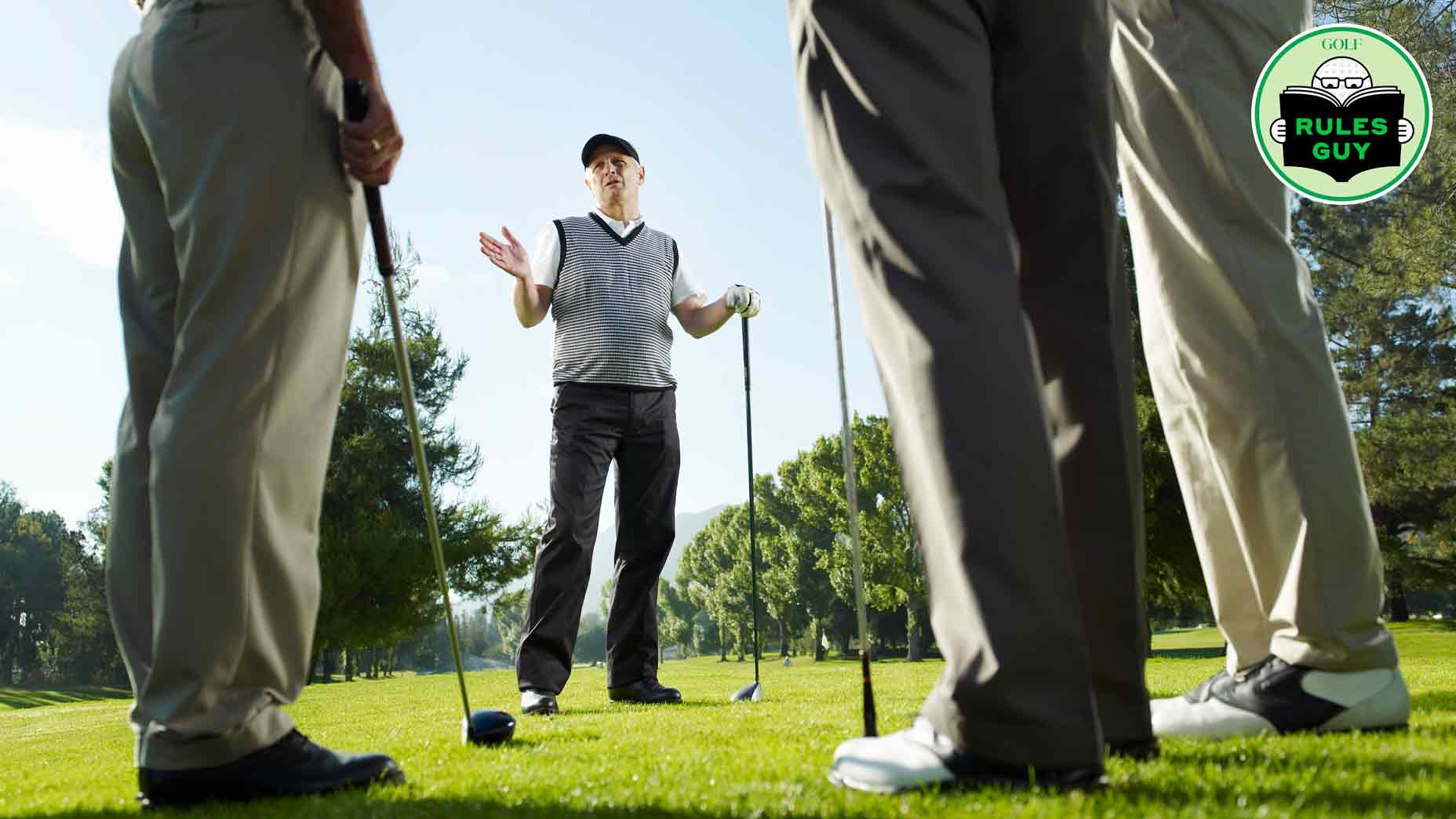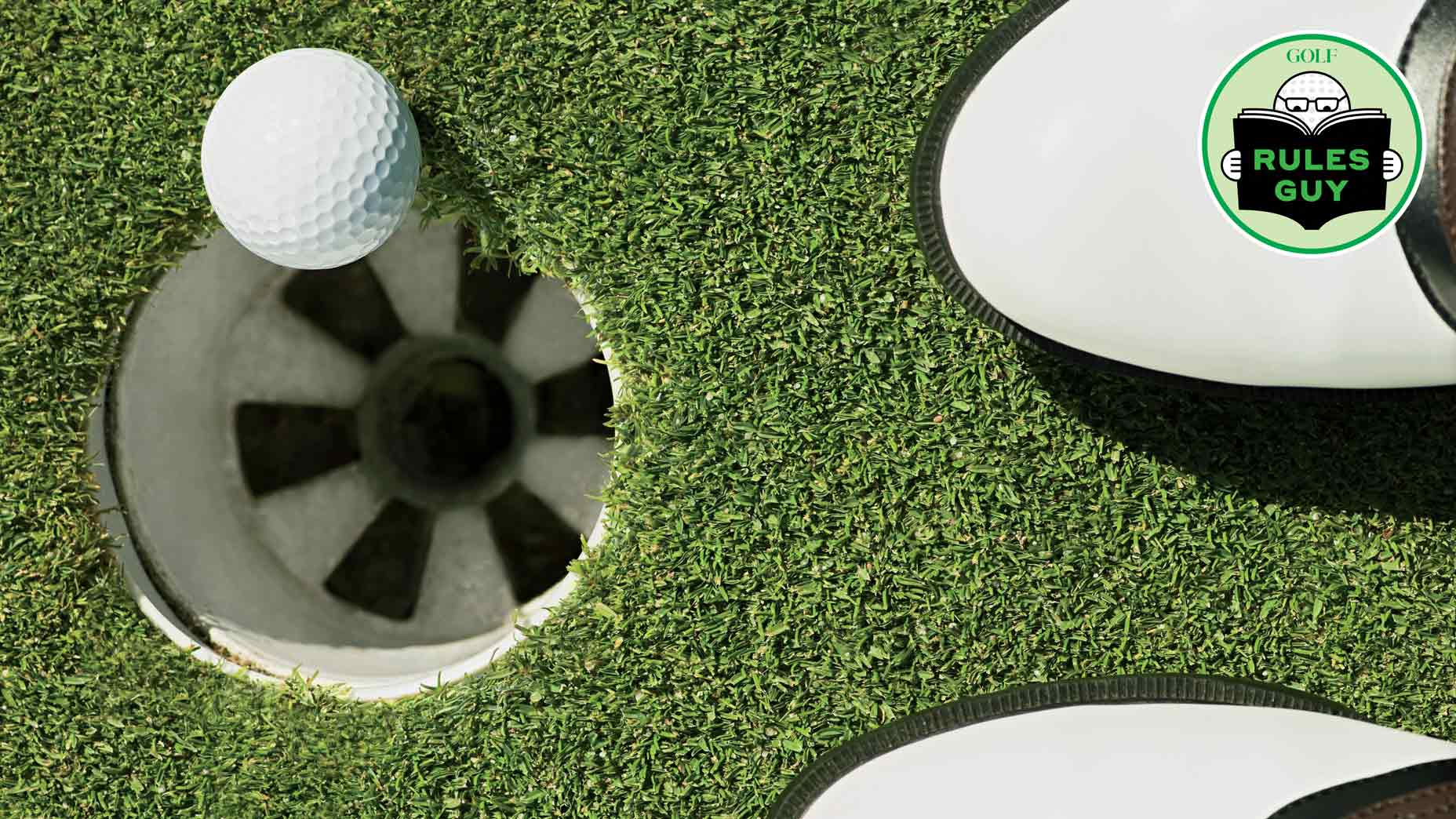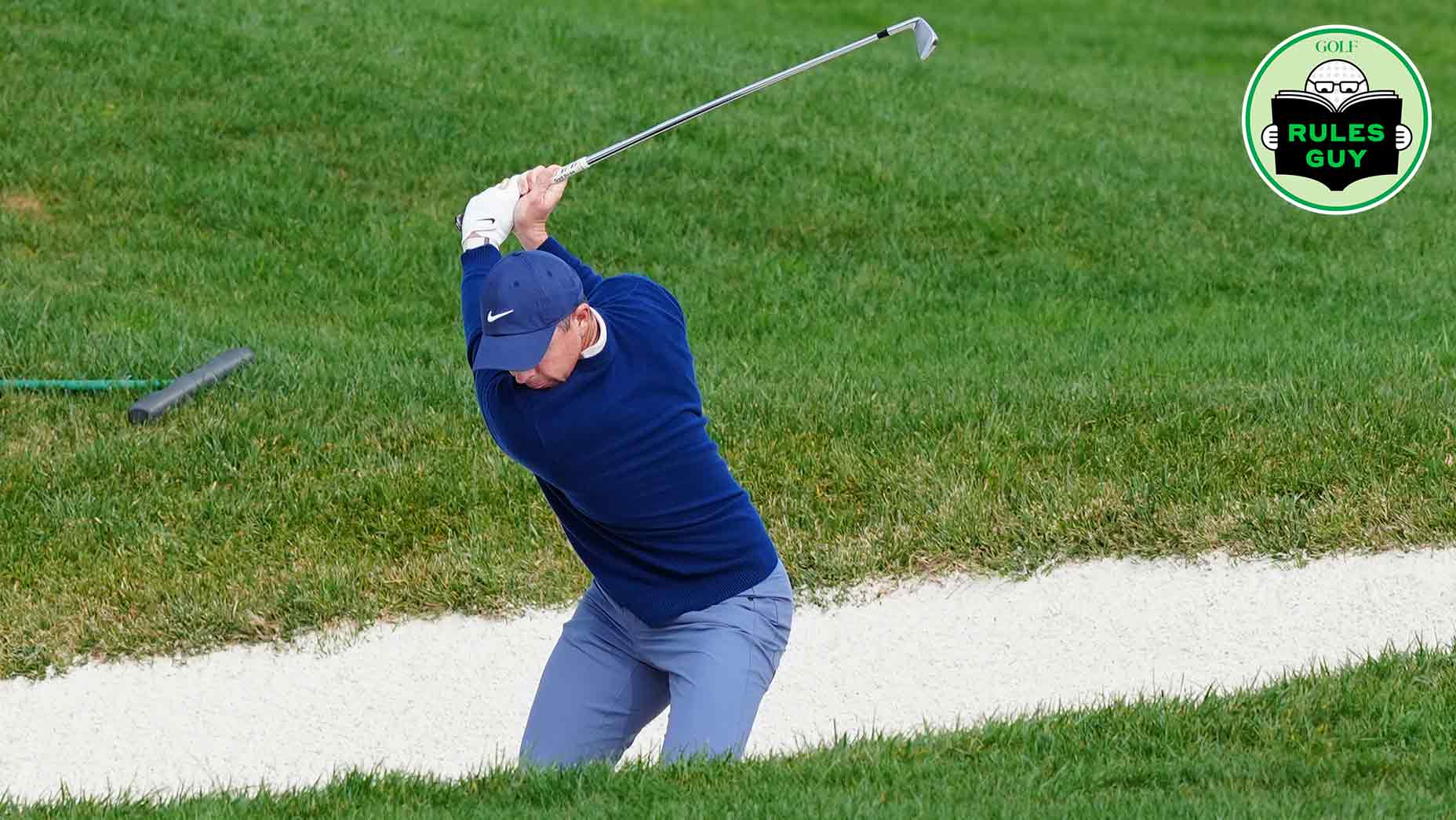 Rules Guy: Is it a penalty if you give the wrong information about which stroke you’re on?
Rules Guy: Is it a penalty if you give the wrong information about which stroke you’re on?
Rules Corner: Are you entitled to free relief on a sandy cart path?
While most golfers are aware that a ball that comes to rest on a cart path is entitled to free relief, many don’t know the reasoning behind the rule.
In fact, it’s the material the cart path is composed of that dictates the relief, as opposed to the mere fact that it’s a cart path. And, your playing options differ depending on what kind of cart path you’re dealing with.
For example, a traditional cart path is often paved or concrete — i.e. an artificial surface — and is thereby considered an immovable obstruction. Under Rule 16, you are entitled to free relief from an immovable obstruction if your ball, stance or area of intended swing is affected by the immovable obstruction.
ADVERTISEMENT
To take the appropriate relief, you first need to identify the nearest area of complete relief from the obstruction. Then, you are entitled to measure one clublength from that spot (no closer to the hole) to establish the parameters of your relief area. Finally, you can then drop the ball from knee height. If the ball comes to rest in your relief area, you’re good to go and can play on.
Now, if you happen to be playing a golf course that has natural or sandy cart paths (like Pinehurst No. 2 in the video above), the cart path is not considered to be an immovable obstruction and is therefore a part of the general area. In short, you aren’t entitled to free relief in this situation and must play the ball as it lies.
READ MORE:
Phil Mickelson explains how to hit it perfectly from the cart path every time
How can you distinguish a bunker from the general area?
Is it permissible to check a bunker’s depth with a tee?
Where can you drop from a bunker marked as GUR?
Looking for more information on the Rules of Golf? Visit usga.org/rules, or, if you have a question of your own, you can submit it to Rules Guy, our resident expert, at rulesguy@golf.com. The answer may be featured in an upcoming issue of GOLF Magazine.
ADVERTISEMENT






